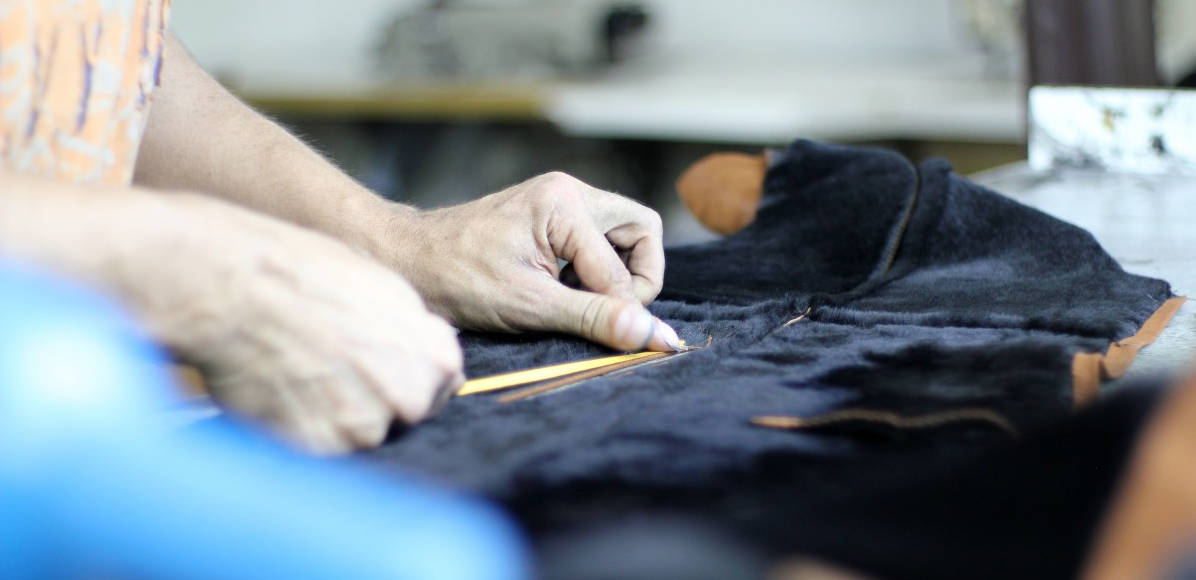
In the global market, quality control of handbags is a crucial step to ensure that products meet international standards and satisfy consumer expectations. Particularly in China, a major manufacturing hub, stringent quality control measures are essential. This article will delve into the various aspects of handbag inspection in China, with a focus on Pre-shipment inspection and the application of AQL standards.

Contents
The Necessity of Handbag Inspection in China
China is one of the largest producers of handbags globally, with numerous renowned brands and retailers relying on its manufacturing capabilities. To ensure the quality of these handbags, handbag inspection in China is indispensable. These inspections not only help maintain brand reputation but also ensure customer satisfaction.
Core Quality Control: Pre-shipment Inspection
In the production process of handbags, Pre-shipment inspection is a critical quality control measure. This inspection is typically carried out after the production is completed but before the products are shipped. The primary goal is to ensure that the products meet the client’s specifications and quality requirements. Key aspects of Pre-shipment inspection include:
1. Appearance Check: Ensuring that the handbags are free from visible defects such as scratches, stains, or color mismatches.
2. Functionality Test: Checking the zippers, clasps, and other functional components to ensure they work correctly.
3. Measurements: Verifying that the dimensions of the handbags match the specifications provided by the client.
4. Material Quality: Inspecting the quality of the materials used, such as leather or fabric, to ensure they meet the required standards.
5. Packaging: Ensuring that the handbags are properly packed to prevent damage during transit.
AQL Standards in Handbag Inspection
The Acceptable Quality Limit (AQL) is a crucial statistical tool used during handbag inspections to determine the maximum number of defective items that can be considered acceptable in a particular batch. The AQL standard allows inspectors to decide on the acceptability of a batch of products based on a predefined level of quality. Here’s how AQL is applied in handbag inspection:
1. Sample Size Determination: Based on the total quantity of handbags in the shipment, a sample size is selected for inspection.
2. Defect Classification: Defects are categorized into three types – critical, major, and minor. Each type of defect has a different acceptance threshold.
- Critical Defects: These are defects that could harm the user or make the product unusable. Even a single critical defect can result in the rejection of the batch.
- Major Defects: Defects that significantly affect the product’s appearance or function. A limited number of major defects are allowed.
- Minor Defects: Small imperfections that do not significantly impact the product’s usability. A higher number of minor defects are tolerated.
3. Inspection and Decision: Inspectors check the selected sample and classify the defects. The number of defects found is then compared to the AQL limits to decide whether the batch is acceptable.
Conclusion
Effective quality control is vital in the handbag manufacturing industry to ensure products meet the high standards expected by global consumers. Handbag inspection in China, particularly through Pre-shipment inspection and adherence to AQL standards, plays a fundamental role in achieving this goal. By implementing these rigorous quality control measures, manufacturers can deliver handbags that not only meet but exceed customer expectations, thereby enhancing brand reputation and customer satisfaction.




